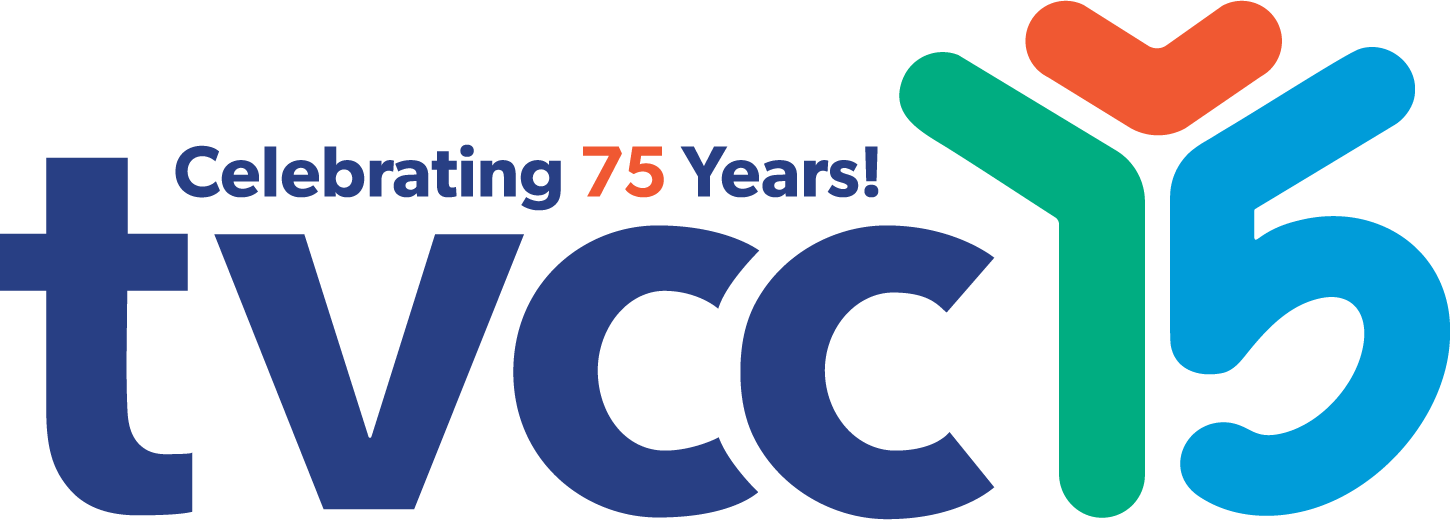Below is a list of behaviours that a child should be doing at certain ages. To complete the checklist, go to the section closest to your child’s age right now. Do not go to an age that your child has not yet reached. For example, for a baby who is 8 months old, use the section for 6 months. Place a checkmark beside each behaviour that your child does.
If there are one or more behaviours not checked off or if you are concerned that your child is stuttering, call tykeTALK at 519-663-0273 for more information or to have your child assessed by a Speech Language Pathologist (SLP). View and download the Communication Checklist (PDF 847KB).
tykeTALK is funded by the Ontario Ministry of Children and Youth Services and services are provided at no charge to families.
6 MONTHS - Does your child…
- Make several vowel sounds (e.g. ooh, aah, ee).
- Imitate some sounds (like coughing).
- Make silly sounds with their mouth like “raspberries”.
- Reach for, hold and put toys in their mouth.
- Cry to an angry voice and smile to a pleasant voice.
- Enjoy games like “peek-a-boo” and tickling.
- Turn toward you when you speak.
9 MONTHS - Does your child...
- Use sounds or gestures to let you know what they want (e.g. Reaches out to be picked up).
- Babble like “mamama” or “bababa”.
- Take turns with you making sounds back and forth.
- Use a singsong voice while playing alone.
- Respond to their own name.
- Understand “no”.
12 MONTHS - Does your child…
- Make many different sounds together, as though really talking.
- Imitate or use sounds you make, like “Wee!” or “Oh-oh”.
- Imitate or use gestures like waving “bye-bye”.
- Say 3-5 words like “mama”, “dada” and “doo” for “juice”.
- Follow simple instructions, like, “Sit down” or “Come here”.
- Understand some words with gestures like “Give me “ PLUS your extended hand.
- Bring you toys to show you and/or to play with.
18 MONTHS - Does your child...
- Use 20 or more words (e.g. “no”, “ba” for “ball”, “more”, “up”).
- Use more new words every week.
- Begin to put 2 words together (e.g. “What’s that?” “No juice”)
- Answer “What’s this?” questions with true words like “car”, “dog”, or “book”.
- Make these sounds: p, b, m, n, d, g.
- Understand more words than they can say.
- Follow simple instructions given without gestures (e.g. “Show me the book.” and “Give me the shoe”.
- Point to three body parts (e.g. eyes, nose, and mouth).
- Use toys for pretend play (e.g. uses a block as a car).
24 MONTHS - Does your child...
- Use 150-300 different words.
- Use 2 pronouns (e.g. I, me, you).
- Use two-word combinations most of the time. (e.g. “me go” or “more cookie” or “Daddy car”).
- Speak clearly enough to be understood about 2/3 of the time.
- Point to familiar actions/activities in pictures (e.g. sleeping, eating).
- Follow directions to put objects “on”, “off” or “in”.
- Choose among common objects when asked, like “Find the comb”.
30 MONTHS - Does your child...
- Use at least 450 different words.
- Begin to use verbs with “ing” endings (e.g. eating).
- Say their first name when asked.
- Answer questions like “Where is Teddy?” and “What is Mommy doing?”
- Use sentences of up to 3 words combining nouns and verbs (e.g. Daddy go car.).
- Put sounds at the beginning of most words.
- Understand concepts such as “big” and “little”.
- Begin to point to objects from a group by their function and parts (e.g. “Which one has wheels?” “Which one can we eat?”)
3 YEARS - Does your child...
- Use 900-1000 different words.
- Use sentences of three or more words.
- Ask questions like “Who”, “Where”, and “Why”.
- Talk about things that happened in the past.
- Tell a simple story.
- Speak clearly enough for people outside the family to understand most of the time.
- Put sounds at the beginning and end of most words.
- Follow 2-part directions like “Go to the kitchen and get your hat”, without gestures.
4 YEARS - Does your child...
- Use 4-5 word sentences that have adult like grammar.
- Tell a story that is easy to follow, with a beginning middle and end.
- Predict what might happen next in a new story.
- Give first and last name, gender, and age.
- Use most consonant and vowel sounds correctly.
- Speak clearly enough to be understood by people outside the family all of the time.
- Follow 3-part directions like “Get your boots, put them on, and wait at the door”.
Feeding And Swallowing
Learning how to eat properly and how to chew and swallow different foods is part of growing up for all children. Here are some questions that may help you decide whether to be concerned about your child’s comfort in feeding and swallowing.
Does Your Child
- Have trouble sucking when feeding?
- Lose a large amount of liquid while feeding?
- Completely refuse to put things in their mouth? (e.g. spoons, certain foods, a toothbrush, teething toys)
- Take a really long time to eat? (more than 1/2 hour)
- Frequently gag or choke when eating?
Ask your doctor or the public health nurse if you have concerns. You can also contact tykeTALK for help with feeding and swallowing difficulties.
Call us at 519-663-0273 to have a Speech and Language Pathologist assess your child.
For more information or to schedule an assessment call tykeTALK!
519-663-0273
or
Toll-free: 1-877-818-TALK
tykeTALK is administered by Thames Valley Children's Centre and provides services throughout Elgin, Oxford & Middlesex Counties.





